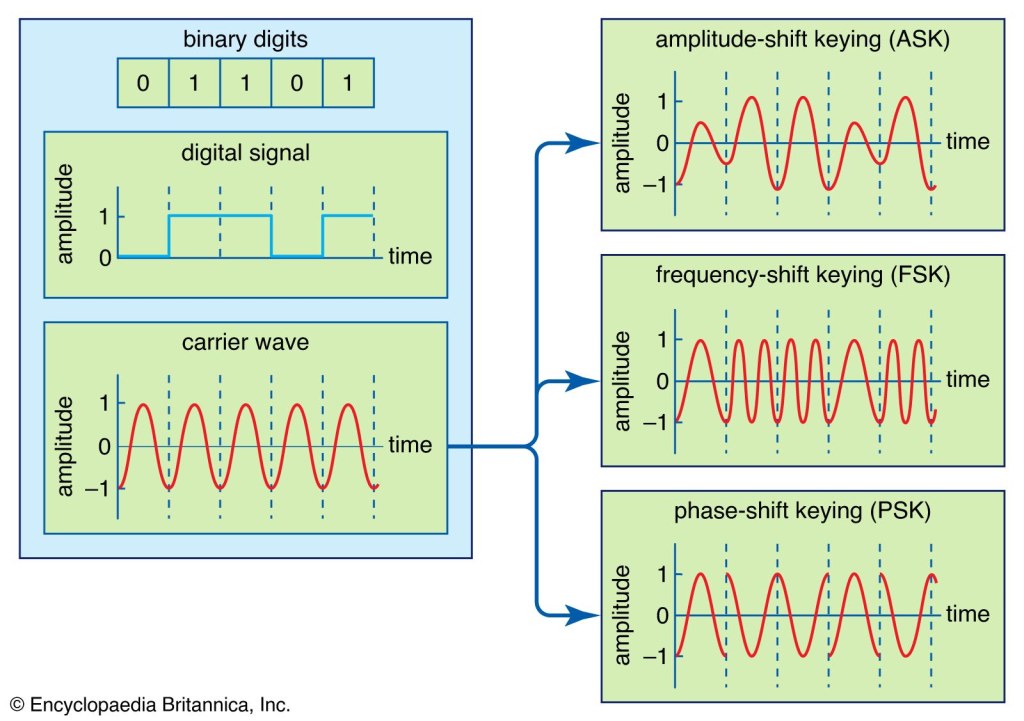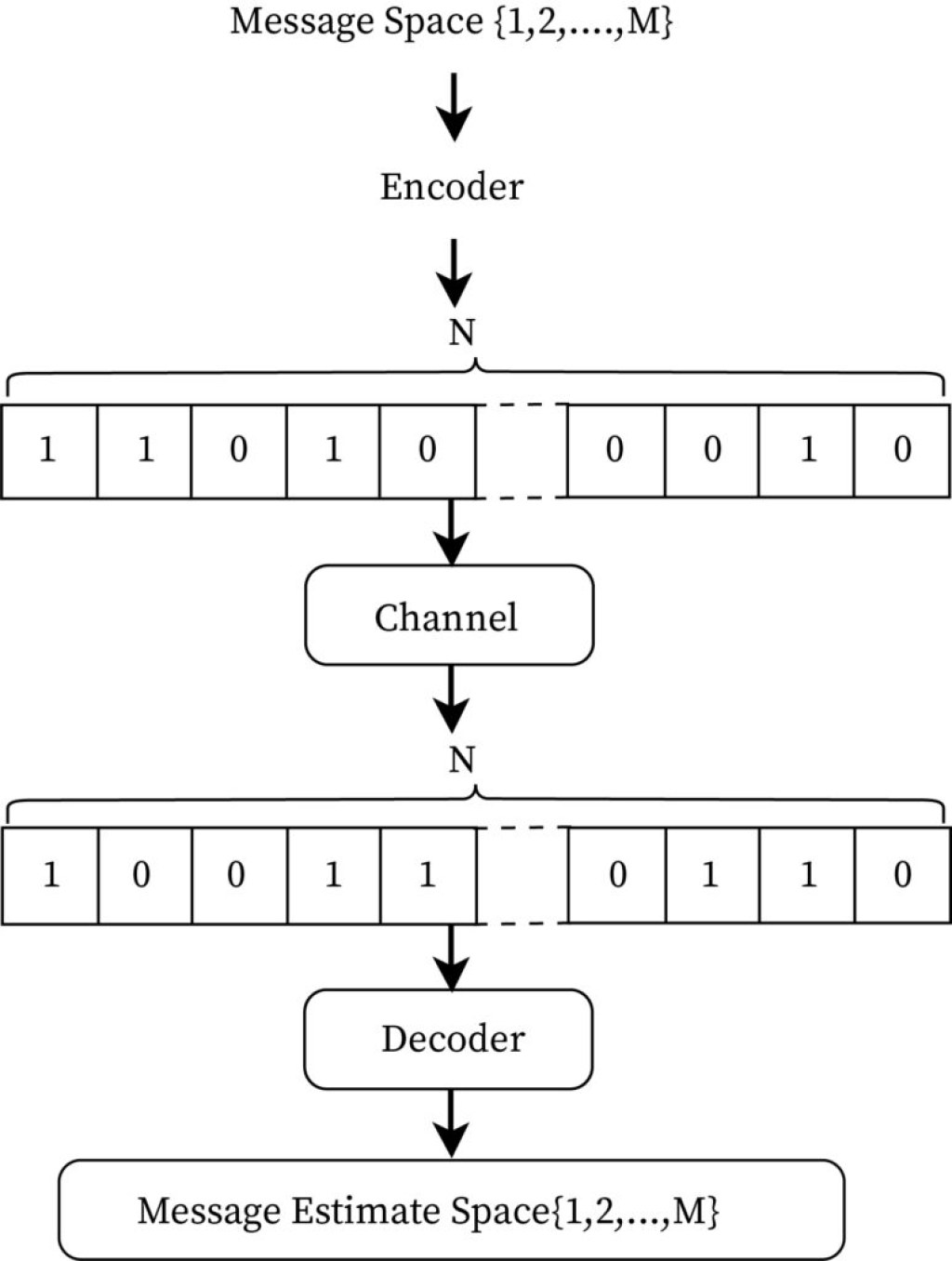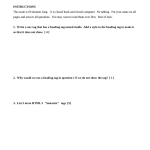Mastering Channel Coding Techniques: Explore Real-Life Examples And Unleash Your Potential!
Channel Coding Techniques Examples: Enhancing Communication Efficiency
Introduction
Hello readers,
3 Picture Gallery: Mastering Channel Coding Techniques: Explore Real-Life Examples And Unleash Your Potential!



Welcome to our comprehensive guide on channel coding techniques examples. In this article, we will explore the various strategies used to enhance communication efficiency and improve data transmission reliability. Channel coding techniques play a crucial role in modern communication systems, enabling error detection and correction, as well as efficient utilization of available bandwidth. Join us as we delve into the world of channel coding and discover real-life examples of its application.
What is Channel Coding?

Image Source: springernature.com
Channel coding, also known as error control coding, is a technique used in communication systems to add redundancy to the transmitted data. This redundancy allows the receiver to detect and correct errors that may occur during transmission. By employing mathematical algorithms and encoding schemes, channel coding techniques enhance the reliability and accuracy of data transmission, ensuring that the intended message is received intact. Examples of channel coding techniques include Convolutional Codes, Reed-Solomon Codes, and Turbo Codes.
Who Uses Channel Coding Techniques?
Channel coding techniques are utilized by various industries and sectors that heavily rely on accurate and reliable communication. These include telecommunications, satellite communications, computer networks, wireless systems, and digital storage systems. Moreover, channel coding is an integral part of modern technologies such as 4G and 5G networks, Wi-Fi, and deep-space communication systems.
When are Channel Coding Techniques Employed?
Channel coding techniques are employed whenever there is a need to ensure the integrity of transmitted data. Whether it is a phone call, an email, a video stream, or a file transfer, channel coding plays a vital role in error detection and correction. These techniques are particularly crucial in environments with high noise levels, signal interference, or limited bandwidth. By effectively mitigating the impact of channel impairments, channel coding enables reliable communication even in challenging conditions.
Where are Channel Coding Techniques Used?

Image Source: britannica.com
Channel coding techniques are used in a wide range of applications and environments. They are implemented in mobile networks to ensure seamless voice and data transmission. Satellite communication systems rely on channel coding for successful communication across vast distances. In digital storage systems, error-correcting codes are used to ensure data integrity. Furthermore, channel coding is employed in multimedia applications, such as video streaming and online gaming, to minimize the impact of packet loss and delay.
Why is Channel Coding Important?
Channel coding is of paramount importance in modern communication systems due to the inherent imperfections and uncertainties of the transmission medium. Noise, interference, fading, and other impairments can corrupt the transmitted signal, resulting in errors at the receiver’s end. By implementing channel coding techniques, these errors can be detected and corrected, ensuring reliable and accurate data transmission. Additionally, channel coding techniques allow for efficient utilization of available bandwidth, increasing the overall capacity of communication systems.
How are Channel Coding Techniques Implemented?

Image Source: bartleby.com
Channel coding techniques are implemented through mathematical algorithms and encoding schemes. The transmitter encodes the original data using an error-correcting code, adding redundancy to the message. This encoded data is then transmitted over the channel. At the receiver’s end, the received data is decoded using the same error-correcting code. By comparing the received data with the encoded data, errors can be detected and corrected. The decoding process involves complex mathematical computations, utilizing the properties of the specific channel coding technique employed.
Advantages and Disadvantages of Channel Coding Techniques
Advantages:
1. Error Detection and Correction: Channel coding techniques enable the detection and correction of errors, ensuring reliable data transmission.
2. Increased Reliability: By adding redundancy to the transmitted data, channel coding techniques enhance the reliability of communication systems.
3. Bandwidth Efficiency: These techniques allow for efficient utilization of available bandwidth, increasing the capacity of communication channels.
4. Compatibility: Channel coding techniques can be implemented in various communication systems and are compatible with different types of channels.
5. Flexibility: Different channel coding techniques can be used to optimize performance based on specific channel characteristics and requirements.
Disadvantages:
1. Increased Overhead: Channel coding techniques add additional bits to the transmitted data, resulting in increased overhead and reduced data rate.
2. Complexity: Implementing and decoding channel coding techniques can be computationally intensive and require advanced mathematical algorithms.
3. Latency: The encoding and decoding process introduces additional delays in the communication system, affecting real-time applications.
4. Limitations in Error Correction: While channel coding techniques can detect and correct errors, there is a limit to the number of errors that can be corrected.
5. Trade-off between Performance and Complexity: Different channel coding techniques offer varying levels of error correction capability and complexity, requiring a trade-off between performance and implementation complexity.
Frequently Asked Questions (FAQs)
1. What is the difference between channel coding and source coding?
Channel coding focuses on adding redundancy to the transmitted data to enable error detection and correction, while source coding focuses on compressing the data to reduce its size for efficient storage or transmission.
2. Can channel coding techniques eliminate all errors during transmission?
No, channel coding techniques cannot eliminate all errors during transmission. They can, however, detect and correct a certain number of errors, improving the overall reliability of the communication system.
3. Are channel coding techniques limited to digital communication systems?
No, channel coding techniques are not limited to digital communication systems. They can be implemented in both analog and digital systems to enhance communication efficiency and reliability.
4. How do channel coding techniques adapt to changing channel conditions?
Channel coding techniques can adapt to changing channel conditions by utilizing dynamic coding schemes that adjust the level of redundancy based on the quality of the channel. This allows for optimal performance in varying environments.
5. Are channel coding techniques used in wireless communication only?
No, channel coding techniques are used in various communication systems, including wired and wireless networks, satellite communication, and digital storage systems.
Conclusion
In conclusion, channel coding techniques play a vital role in enhancing communication efficiency and reliability. By adding redundancy to transmitted data, channel coding enables error detection and correction, ensuring that the intended message is received accurately. Additionally, these techniques optimize the utilization of available bandwidth, increasing the capacity of communication systems. While there are advantages and disadvantages to consider, channel coding remains an essential component of modern communication technologies. We hope this article has provided valuable insights into channel coding techniques and their real-world examples.
Final Remarks
Channel coding techniques are constantly evolving with advancements in technology and research. As communication systems continue to evolve, it is crucial to stay updated with the latest developments in channel coding to ensure optimal performance and reliability. The examples discussed in this article provide a glimpse into the vast applications of channel coding techniques. However, it is important to delve deeper into specific coding schemes and their implementations to fully grasp the intricacies of channel coding. Remember, effective channel coding is a fundamental aspect of efficient and error-free communication.
This post topic: Programming


